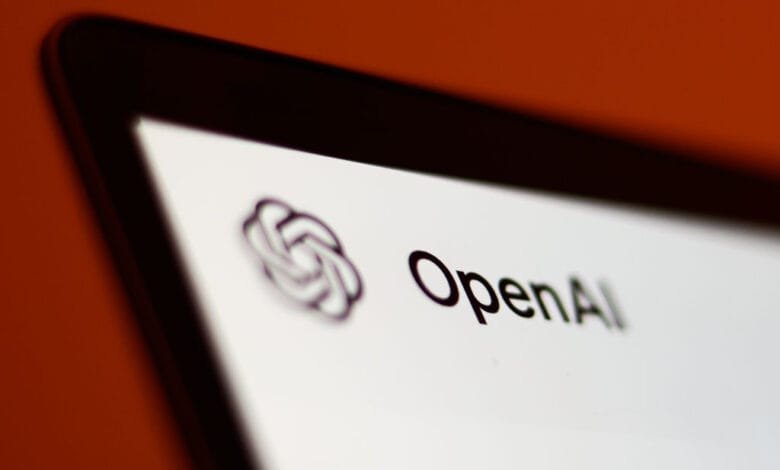OpenAI Enhances AI Model Behind Operator Agent

▼ Summary
– OpenAI is upgrading Operator, its AI agent, to use the o3 model, replacing the previous GPT-4o-based version for improved performance.
– The o3 model excels in math and reasoning tasks, making it more advanced than GPT-4o by many benchmarks.
– Operator is part of a growing trend of AI agents from companies like Google and Anthropic that autonomously perform tasks like web browsing and software use.
– The new o3 Operator model includes enhanced safety features, such as fine-tuning with datasets to improve decision-making on confirmations and refusals.
– OpenAI’s technical report shows o3 Operator performs better on safety evaluations, reducing risks like prompt injection and unauthorized data searches compared to GPT-4o.
OpenAI is upgrading the artificial intelligence engine behind its autonomous web-browsing agent Operator, switching to a more advanced model designed for complex reasoning tasks. The change marks a significant step forward in the development of AI systems capable of independently handling digital workflows with minimal human oversight.
The company announced it’s transitioning Operator from a customized GPT-4o foundation to its newer o3 model, part of OpenAI’s specialized series for enhanced logical processing. While the public API will keep using GPT-4o, the core Operator service now leverages o3’s superior performance—particularly for mathematical operations and multi-step problem solving.
This shift comes amid fierce competition in the AI assistant space, with major players all developing their own autonomous agents. Google’s Gemini API provides similar web-interaction capabilities, while Anthropic’s models can navigate software interfaces and manage files. OpenAI’s latest iteration aims to stand out through improved safety measures and decision-making precision.
Dubbed o3 Operator, the upgraded system underwent specialized training with safety-focused datasets. These teach the model when to appropriately confirm or refuse requests, establishing clearer boundaries for autonomous operation. A published technical report demonstrates measurable improvements over the previous version—showing reduced vulnerability to prompt injection attacks and better judgment regarding sensitive information searches.
Despite inheriting o3’s enhanced programming abilities, the company emphasized that o3 Operator lacks direct terminal access, maintaining important security controls. The model employs the same multi-tiered protection framework used in its predecessor, now applied to more sophisticated underlying technology.
Industry observers note these advancements reflect broader trends toward increasingly autonomous AI systems that can reliably complete complex digital tasks. As capabilities grow, so does the emphasis on building appropriate safeguards—a balance OpenAI continues to address through model architecture and specialized training approaches.
(Source: TechCrunch)




